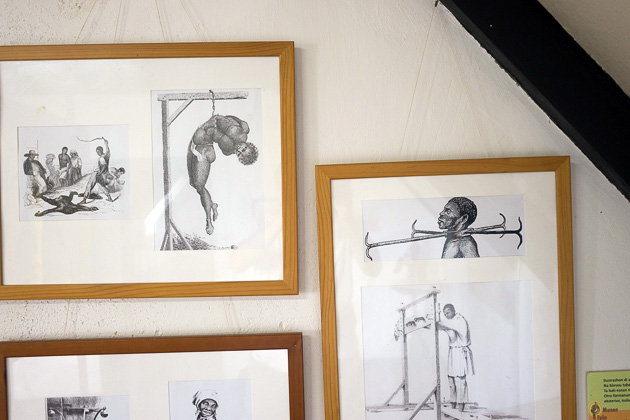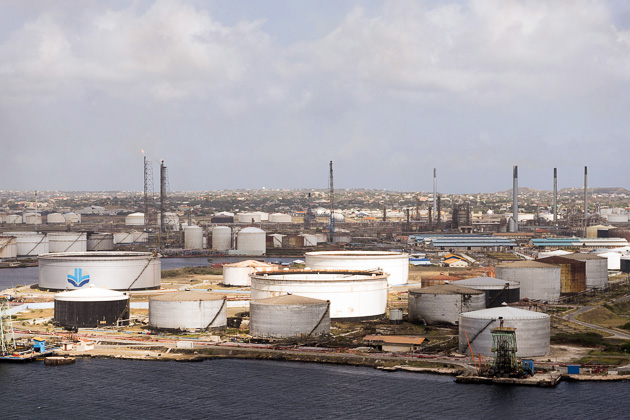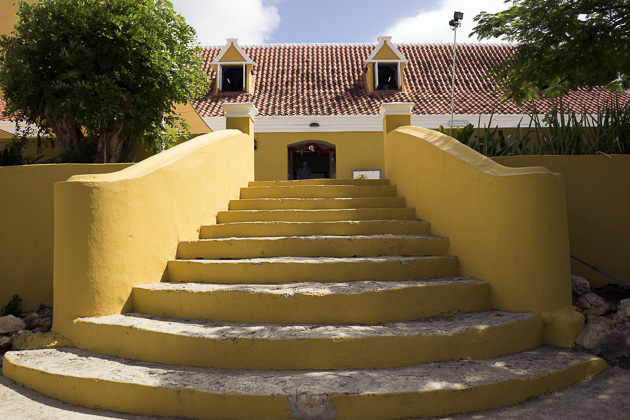A Concise History of Curaçao
Little is known about life on Curaçao prior to the arrival of the Europeans in 1499. But since then, it’s been a wild ride for the small Caribbean island. Here’s a short rundown of the major happenings in the history of Curaçao.
2900 BC – Hunting tools and implements from the Archaic period are the earliest evidence yet discovered of human life on Curaçao.
1500 BC – 1499 AD – The Arawak tribe settle across the Caribbean islands, including Curaçao. Their pottery has been found at sites across the island.
1499 – Spaniard Alonso de Ojeda is the first European to discover Curaçao, and promptly subjugates the Arawak people he finds there, drafting them into his labor force and removing them from the island.
1632 – Newly independent from Spanish rule, the Netherlands occupy Curaçao, and Willemstad is founded soon thereafter by the Dutch West India Company.
1662 – The Dutch get in on the lucrative slave trade, and turn Curaçao into their primary trading center. Tens of thousands of Africans are brought here, to be sold throughout the New World.

1795 – Slaves on Curaçao don’t just meekly accept their fate. Years after the first, short-lived Hato Uprising of 1750, up to 1000 slaves follow Tula in a major revolt. It doesn’t end well for the rebels, and after being betrayed by another slave, Tula is publicly tortured and executed.
1800 – For years, control of Curaçao alternates between the English and the Dutch, with the former finally taking permanent possession in 1815.
1863 – In the same year as Lincoln’s Emancipation Proclamation, the Netherlands finally abolish slavery in the Antilles. The freed slaves mostly continue to work on their former plantations, but are provided with land of their own, and paid a nominal wage.
1915 – The Royal Dutch Shell Company establishes a major presence in Curaçao after the discovery of oil off the coast of Venezuela. Shell becomes by far the island’s largest employer and Curaçao’s fortunes become inextricably linked to the oil industry.

1969 – Frustrated by the enduring economic and political inequality between blacks and whites, workers stage a labor strike that swiftly develops into a riot. Two die during the Trinta di Mei, as the riot is known in Papiamento.
1954 – The Netherlands Antilles comes into being as an autonomous country under the Kingdom of the Netherlands. Willemstad is the capital of this collection of Caribbean islands, which also includes Aruba, Bonaire, Saint Maarten, Saba and Sint Eustatius.
2010 – Curaçao leaves the Netherlands Antilles, and becomes a country in its own right, although still under the crown of the Netherlands.
2015 and beyond – A major Caribbean cruise port, Curaçao has seen its primary economic focus shift from oil to tourism. With pristine nature, a stable economy and political landscape, and a friendly, ethnically-diverse population, Curaçao is looking to the future with optimism as it begins to plot its own course in the world.



